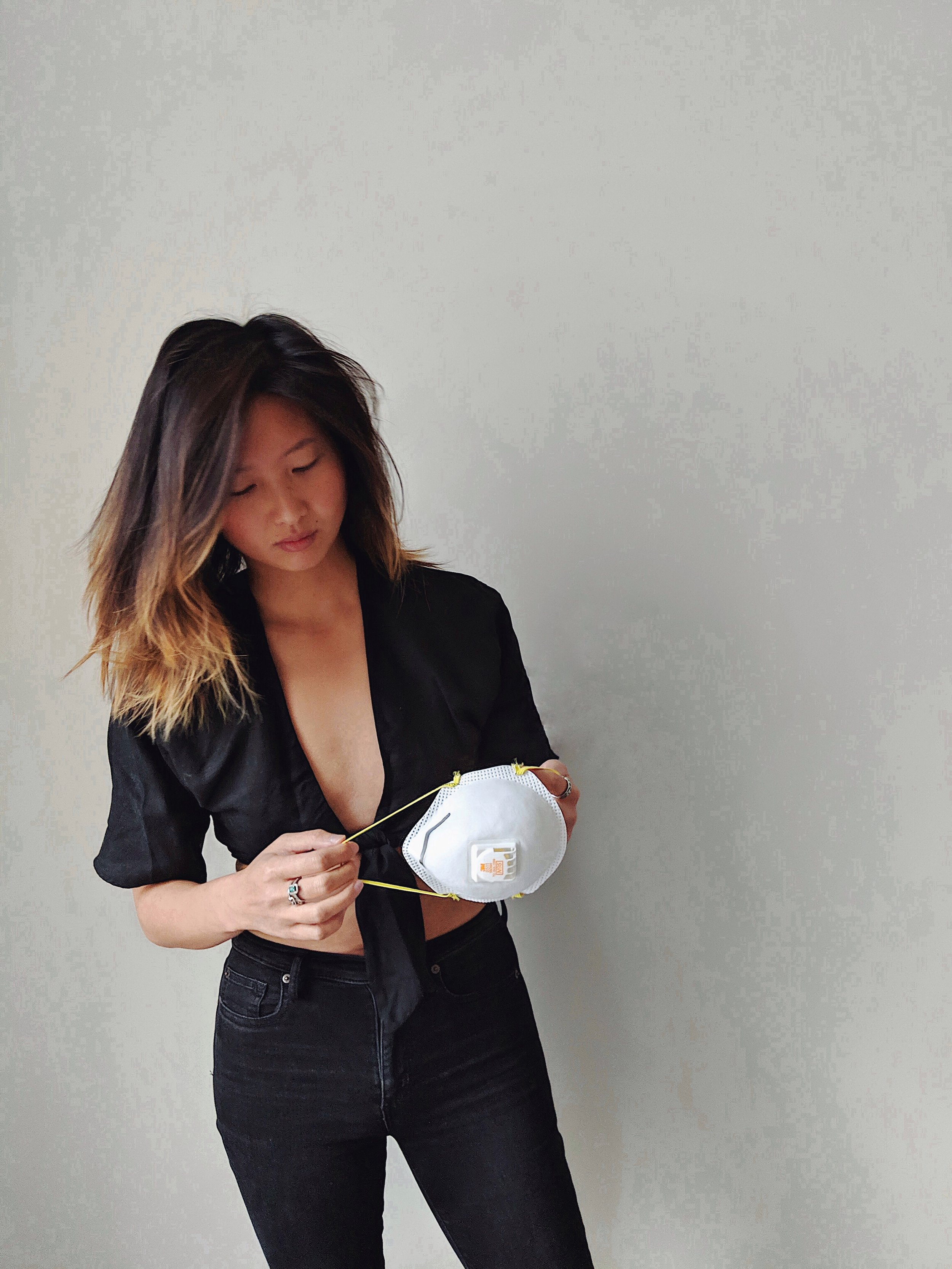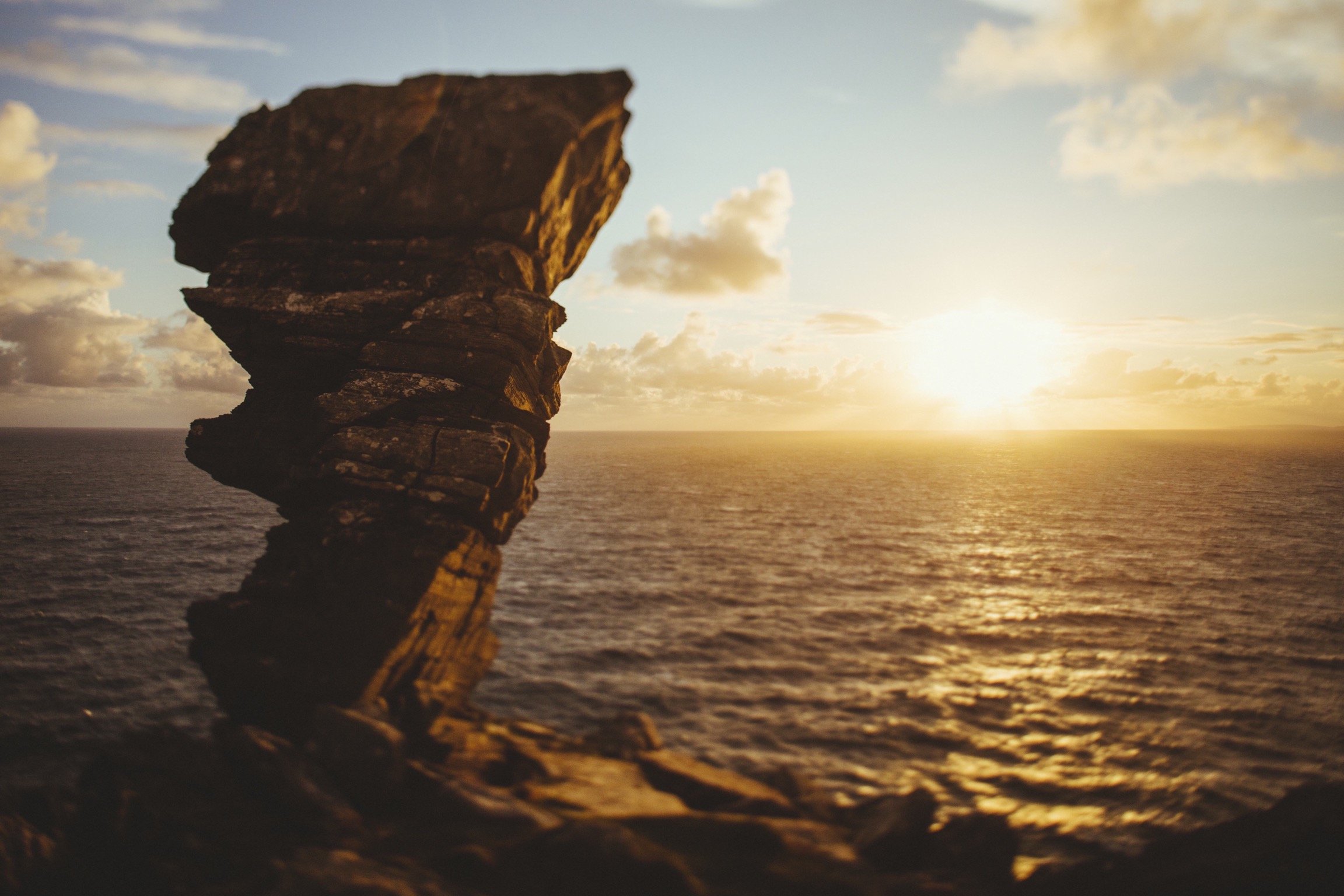Global pandemic + baby = impossible zero waste
What does sustainability look like for me right now? It looks like disposable diapers, plastic shopping bags, and lots of packages at the door. Admittedly, I’m using Amazon more than I ever have (I don’t know where else to buy Vitamin D drops for infants). I’m buying plastic-wrapped items at the grocery store without reusable shopping bags (our store stopped allowing reusable bags due to COVID). My water usage has increased significantly given the additional laundry, bottles, and pump parts to wash. It feels like my pre-COVID, pre-baby zero waste efforts have gone down the drain.
Actually, my sustainability journey hit a bump in the road when I started getting really nauseated during the early weeks of my pregnancy - about a year ago. The only things that made me feel better were carbs, crackers, and cheese. And they usually came wrapped in plastic. Then came the doctor’s visits. Each appointment, blood draw, and ultrasound created some form of waste. When I actually delivered the baby, I can’t even begin to list all the single-use plastic used during my hospital stay.
Once the baby was born, people felt the need to send lots of gifts. I mean, lots of unnecessary gifts. Not only did I feel stress and guilt over the plastic I did buy, I felt stress and guilt over the plastic I didn’t buy. Not to mention all the time, energy, and waste used to disinfect everything. I don’t mean to sound ungrateful. It’s just how I feel.
Sigh. Sustainability seems impossible. Zero waste seems impossible.
I’m doing the best I can. I try to use reusable diapers, but the disposable ones wick away more moisture, which means a less fussy baby. I try to only use reusable wipes. I try to use rubber pacifiers instead of silicone and plastic ones. I try to only buy wooden or rubber toys. I’ve only purchased three new sleepers for the baby; the rest of his wardrobe is secondhand. His crib and mattress are secondhand. We use bar soap, are eating a more vegan diet, and avoid synthetic fabric as much as possible. We’re not driving as much as we used to.
But, I know this is not nearly enough. There’s so much more I want to do on the community level, the political level, the corporate level.
Simply put, there is nothing sustainable about having a baby. Well, aside from the notion of sustaining one’s lineage. Having a baby is literally the opposite of reducing my footprint. In fact, it’s creating even more of a footprint on this earth. Before we decided to have kids, I struggled with the idea of bringing a child into this world. Our natural resources are already depleted, the planet already overpopulated - why create another mouth to feed?
Amidst deforestation, climate change, and pandemics, I don’t know what the world will look like in the next ten years. With COVID, I don’t know what the world will look like tomorrow. It’s a terrifying time to be alive. It’s a terrifying time to bring a baby into this world.
My husband and I have had long discussions about how we’d try to make growing a family as sustainable as possible. We want to teach our children how to be sustainable stewards of the Earth, to be a voice for the voiceless. We want our children to be better humans than we ever were. In a sense, we want and need our children to right our wrongs, to pay the dues of past generations.
And yet, it all seems so selfish. Children should have no obligation to us. We brought them into this world. They shouldn’t be pressured to save it.
At the very least, we need to teach our children about respecting our environment, about how our wellbeing is inextricably tied to the wellbeing of our natural world.
Sustainability now? It doesn’t exist.








